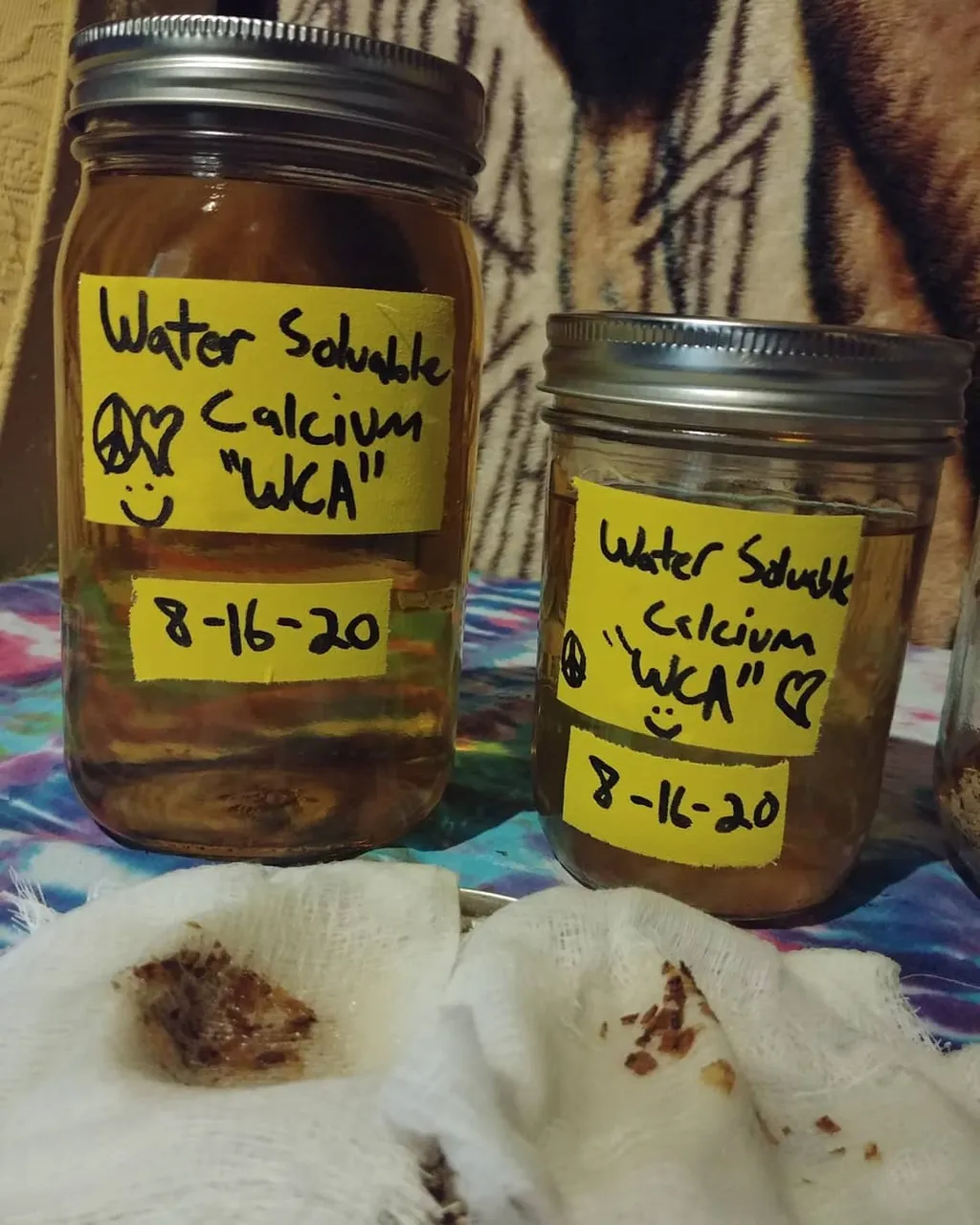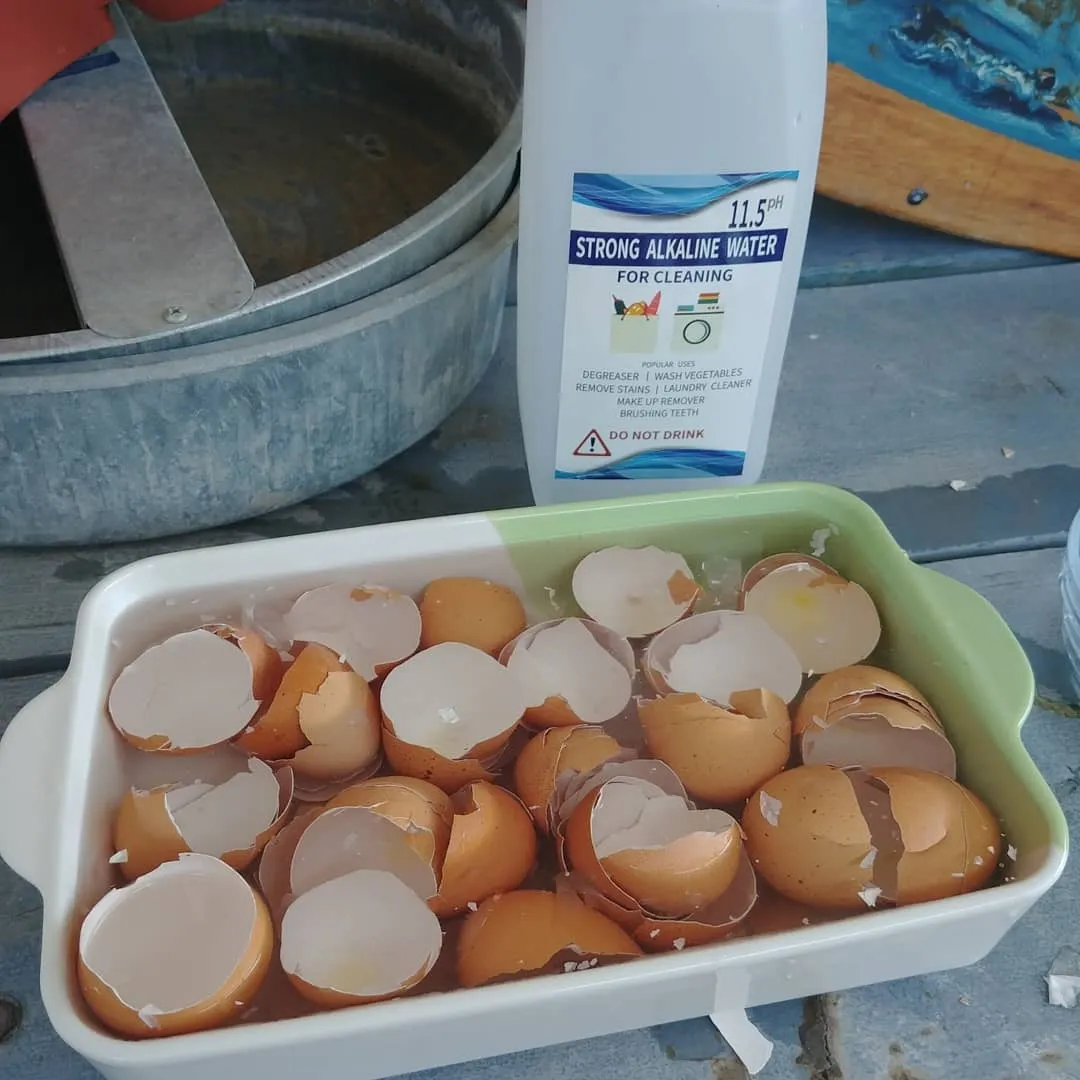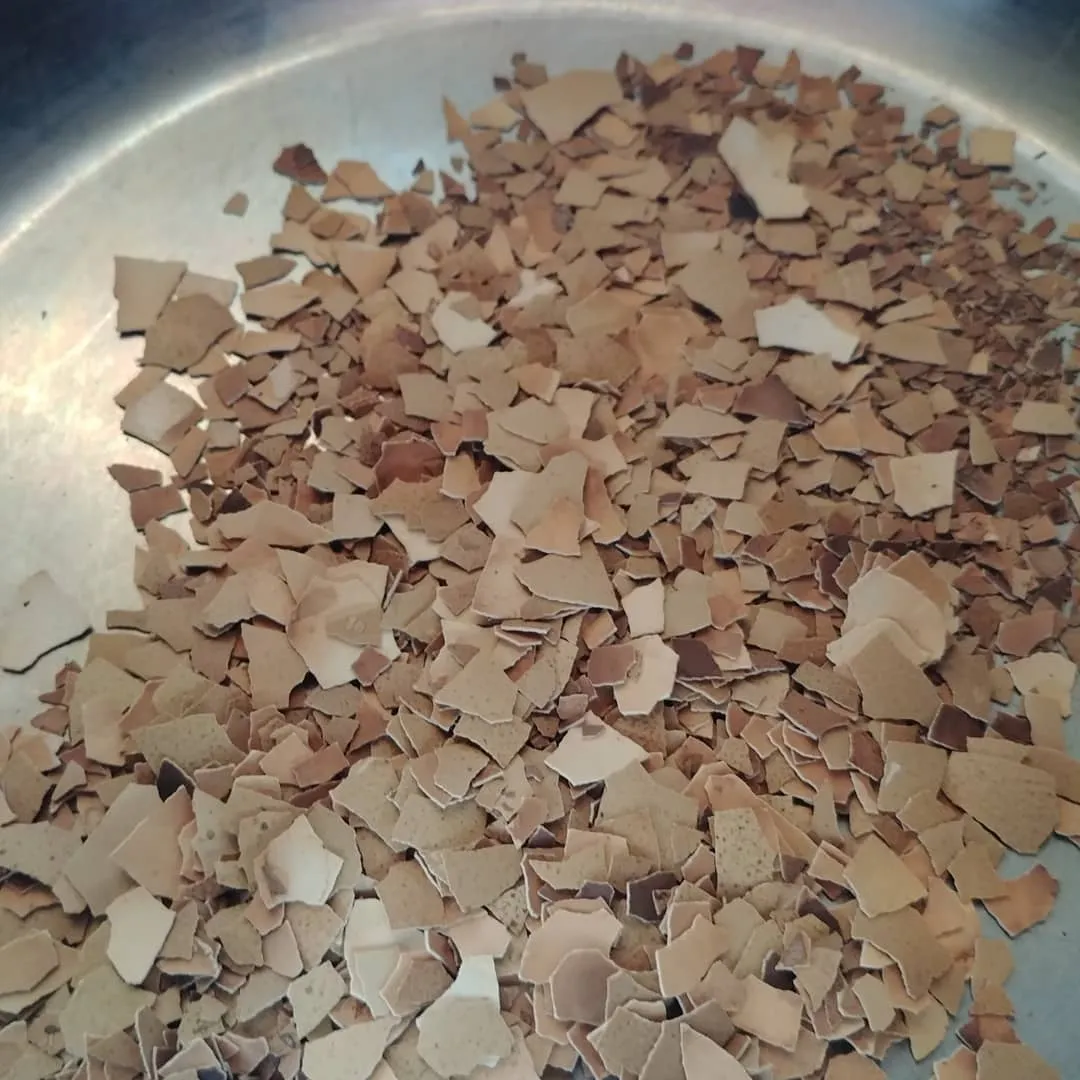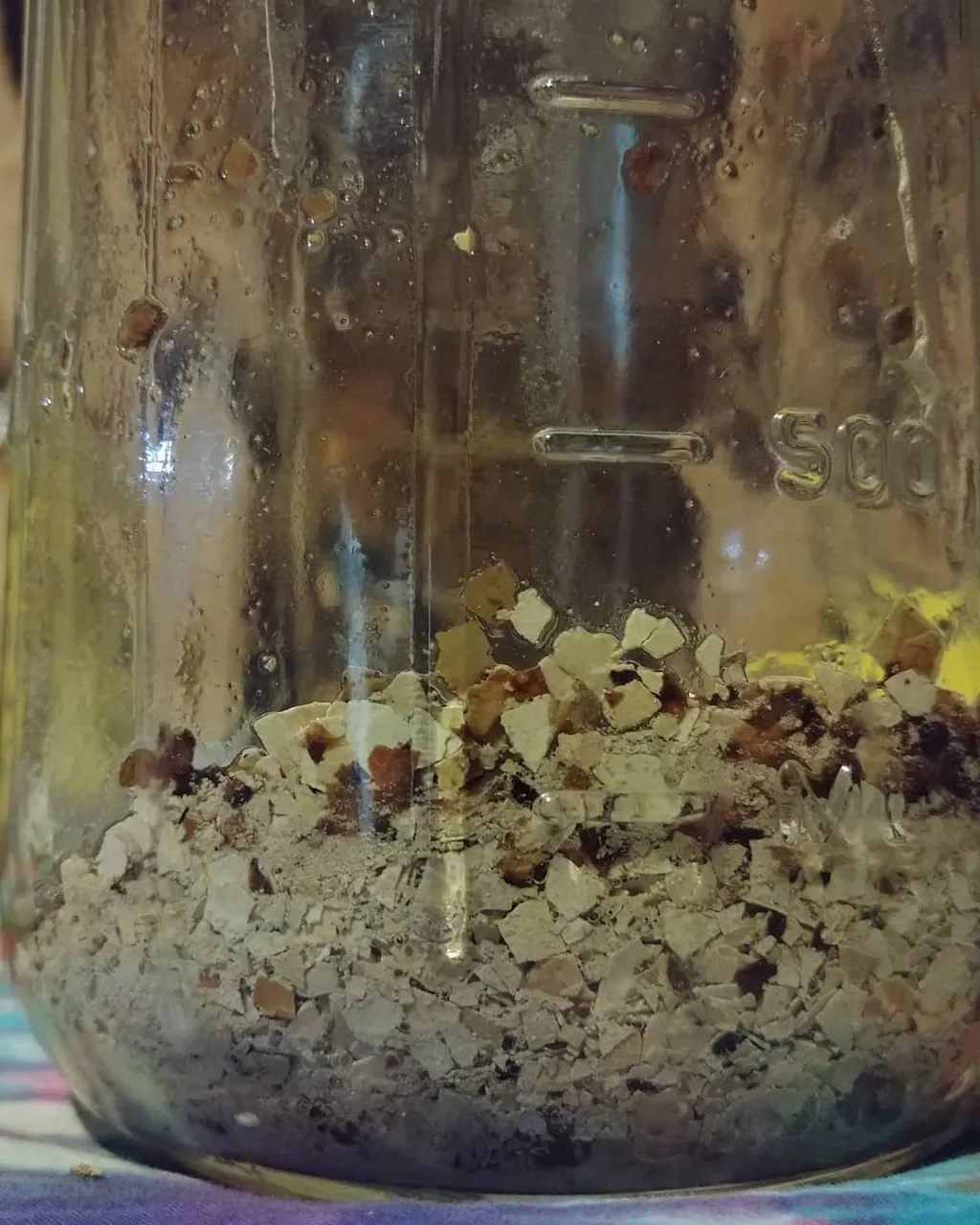Water Soluble Calcium aka WCA

What is Water Soluble Calcium?
In (Korean) natural farming calcium carbonate is extracted from egg shells in which CaCO3 is the main component by using brown rice vinegar. Through this process CaCO3 is changed to water soluble calcium which can be absorbed by the crop.
Also see this PDF file for even further information on WCA. This is a PDF file that will require a Download.
What is Korean Natural Farming?
Korean Natural Farming (KNF) is a modern natural farming practice that merges ancient Eastern sustainability with efficient Western scientific production to result in phenomenal growth in every climate worldwide.
At its core, KNF is a partnership with indigenous soil life and a set of formulas for direct enhancement of plant growth through biostimulants. The aim is to bring fertility through balance and soils rich with life.
KNF practitioners build robust microbial communities resulting in fertile soils, more plant available nutrients, and reinforce natural processes scientifically to complement nature by adjusting and adapting the practices as necessary.
But how do we apply Water Soluble Calcium with a Korean Natural Farming practice? Well, at a 1:1000 ratio to water and we foliar spray it. Usually in conjunction with other inputs as a maintenance solution, with signs of deficiency or during key transitional plant growth stages.
Making Water Soluble Calcium
There are a few ways to make Water Soluble Calcium. You can use crushed coral sand, crushed oyster shells and crushed egg shells.
This post will focus on the crushed egg shells aspect.
The different ways to make Water Soluble Calcium
Egg shells, depending on your location, tend to be the cheapest and most sustainable solution to creating a Water Soluble Calcium extract.
When gathering materials needed for this process you will need some key items:
- Sanitized containers and lids; glass is preferred. Thoroughly sanitize jars.
- Materials to label said containers with love.
- Used egg shells that have had their membranes removed. Easiest to do as you crack each egg open. Waiting until later makes this process unnecessarily difficult.
- Brown Rice Vinegar is preferred but any non living vinegar with at least a 3% acidity will work.
- A pan to cook crushed egg shells on low heat. You can bake the crushed egg shells in the oven on low. This post will not demonstrate that. Just evenly brown.
- Typically 12-18 egg shells approximately will suffice for a 32oz container(We need enough egg shells to fill said container 1/10 full or rather one tenth the volume of vinegar added. 1:10 ratio of egg shells to vinegar.)
Once your materials have been gathered we can begin this process!
First, we will have to remove the membranes from the egg shells. This process is extremely tedious but it is important to remove as much as possible. These membranes will turn into Carbon during the browning stage. We do not want that carbonous material in our extraction.
If you wait to remove the membranes like I tend to, then you will have a more difficult time removing said membranes. You can try soaking the egg shells in Alkaline water or poaching egg shells in low heat water. This will take great patience and will be worth the time spent removing the membranes.

Once the membranes have been removed as much as possible, we can now crush the egg shells into tiny pieces and place in a pan to cook on low heat.


While cooking on low heat you must constantly stir the shells to prevent uneven browning causing burning.
- be mindful that we want an even browning of the eggshells here.
- There will still be membranes remaining typically. So we can simply, softly blow on the shells to blow out membrane particles as we cook on low heat and stirring.
- This cooking stage can take a couple hours and even up to 4 hours. Time is not as important as trying to achieve a perfect Browning will be. When Browning in the oven keep temperatures low and be mindful to also periodically blow out membrane particles as you go.
After you have evenly browned said egg shells we are ready to place in a sanitized container.
- We need enough egg shells to fill said container 1/10 full or rather one tenth the volume of vinegar added. 1:10 ratio of egg shells to vinegar.

Once we place the egg shells in said container, we can add vinegar at a ratio of 10 parts to one part egg shells.
- SLOWLY pour vinegar in the container!
- This is a very reactive process! Be mindful to not pour too fast.
- Place the lid on the container but don't tighten all the way so as to allow for excess air to escape as the eggshells are reacting to the vinegar.
- Label containers with the date made and what it is (WCA/ water soluble calcium)
- After 7-10 days this extraction will be ready to have the crushed egg shells removed.


Over a period of 7-10 days you will notice that the egg shells have stopped or have slowed down reacting to the vinegar. The longer you let the egg shells sit in the vinegar the better so 10 days is often a more desirable length of time.
Using a cheesecloth or strainer and being mindful to avoid low quality metal/ low quality stainless steel mesh strainers as they MAY cause undesired reactions with the low grade metals, we will strain out the egg shells from the vinegar into another sanitized jar.
Label the new jar with the name of this extraction and the date completed.


This is shelf stable for at least a year or longer. With all inputs Smell, taste and visual inspections go a long way in determining the quality of the inputs as time passes.
We now have a shelf stable Water Soluble Calcium for our plants! However, this is used for human consumption as well. I personally never have tried it but I guess this is highly absorbable to the human body.
My instructor's video on Water Soluble Calcium:
My personal instagram page focused on Korean Natural Farming:
You can reach me there and see other inputs I am currently working on over there.
